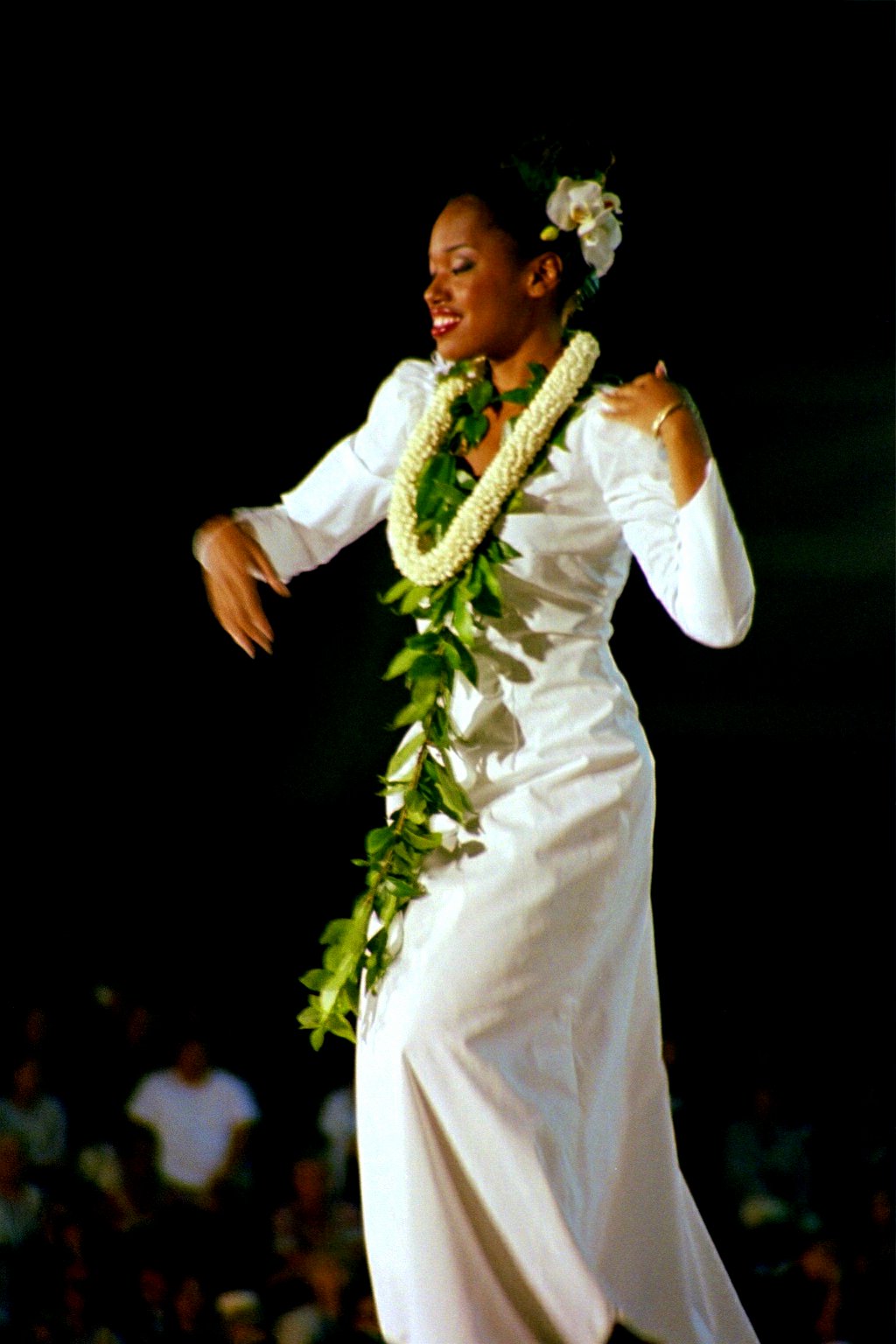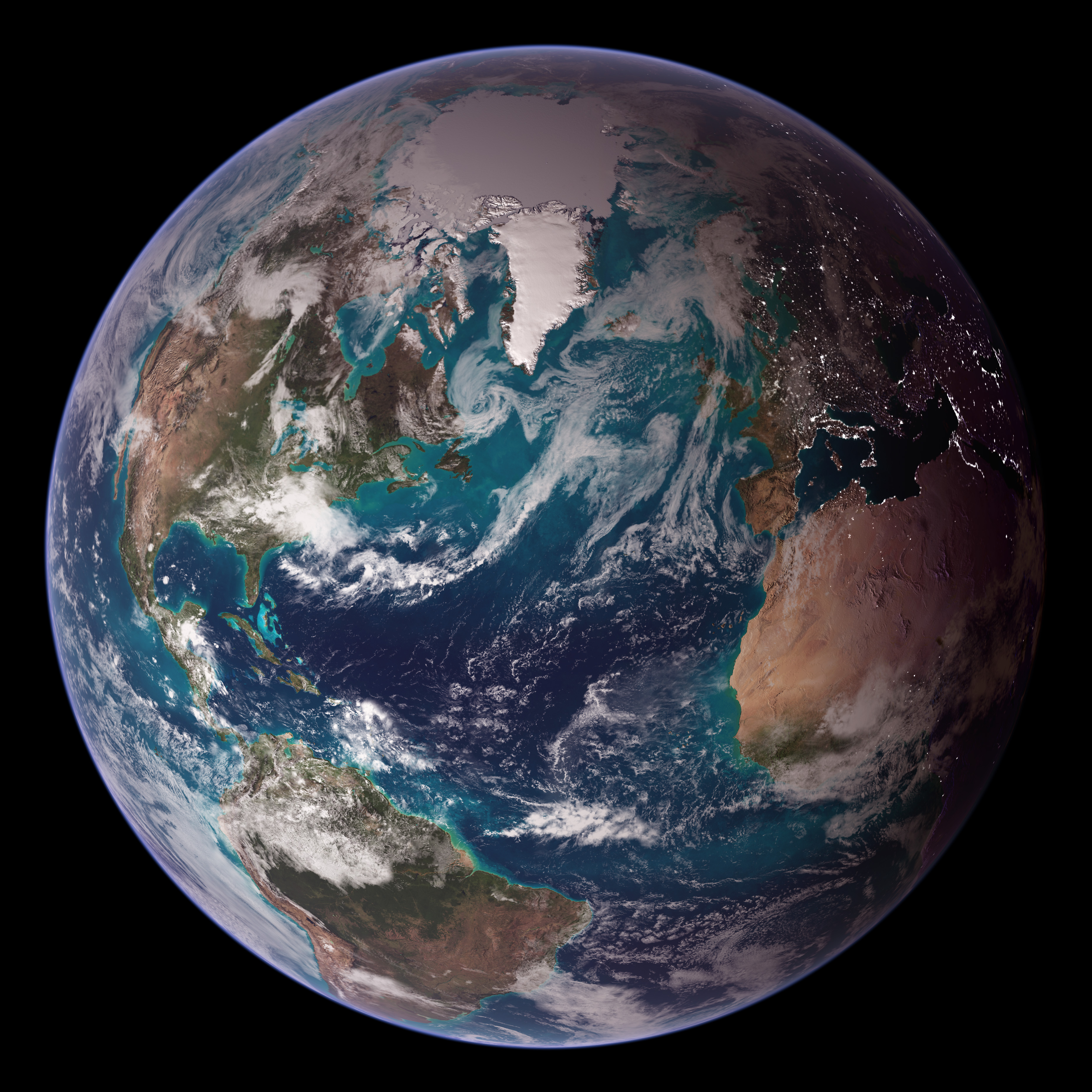|
Sam Ohu Gon III
Samuel M. 'Ohukani'ōhi'a Gon III is an American scientist and Hawaiian cultural practitioner, currently serving as Senior Scientist and Cultural Advisor for The Nature Conservancy of Hawaiʻi. He was born and raised in Nuʻuanu Pali, Nuʻuanu on the island of Oʻahu. Gon studied Culture of the Native Hawaiians, Hawaiian culture under Kumu John Keolamala'āinana Lake. Gon works to integrate Hawaiian culture, values, and knowledge into conservation efforts, for which he was named a List of Living Treasures of Hawaii, Living Treasure of Hawaii by the Honpa Hongwanji Mission of Hawaii for his contributions towards preserving Hawaiian culture and Hawaiian ecology. Early life Gon was born in Honolulu Hawaiʻi on December 16, 1955, and graduated in 1973 from McKinley High School (Honolulu, Hawaii), McKinley High School and earned a Bachelor's in Zoology (1978) at the University of Hawaiʻi at Mānoa, University of Hawaii at Manoa. He continued his education at the University of Ca ... [...More Info...] [...Related Items...] OR: [Wikipedia] [Google] [Baidu] |
Habitat Restoration
Ecological restoration, or ecosystem restoration, is the process of assisting the recovery of an ecosystem that has been degraded, damaged, destroyed or transformed. It is distinct from conservation in that it attempts to retroactively repair already damaged ecosystems rather than take preventative measures. Ecological restoration can help to reverse biodiversity loss, combat climate change, support the provision of ecosystem services and support local economies. The United Nations has named 2021–2030 the Decade on Ecosystem Restoration. Habitat restoration involves the deliberate rehabilitation of a specific area to reestablish a functional ecosystem. This may differ from historical baselines (the ecosystem's original condition at a particular point in time). To achieve successful habitat restoration, it is essential to understand the life cycles and interactions of species, as well as the essential elements such as food, water, nutrients, space, and shelter needed to supp ... [...More Info...] [...Related Items...] OR: [Wikipedia] [Google] [Baidu] |
Trilobite
Trilobites (; meaning "three-lobed entities") are extinction, extinct marine arthropods that form the class (biology), class Trilobita. One of the earliest groups of arthropods to appear in the fossil record, trilobites were among the most successful of all early animals, existing in oceans for almost 270million years, with over 22,000 species having been described. Because trilobites had wide diversity and an easily fossilized mineralised exoskeleton made of calcite, they left an extensive fossil record. The study of their fossils has facilitated important contributions to biostratigraphy, paleontology, evolution, evolutionary biology, and plate tectonics. Trilobites are placed within the clade Artiopoda, which includes many organisms that are morphologically similar to trilobites, but are largely unmineralised. The relationship of Artiopoda to other arthropods is uncertain. Trilobites evolved into many ecological niches; some moved over the seabed as predators, scavengers, or ... [...More Info...] [...Related Items...] OR: [Wikipedia] [Google] [Baidu] |
Biomes
A biome () is a distinct geographical region with specific climate, vegetation, and animal life. It consists of a biological community (ecology), community that has formed in response to its physical environment and regional climate. In 1935, Arthur Tansley, Tansley added the climatic and soil aspects to the idea, calling it ''ecosystem''. The International Biological Program (1964–74) projects popularized the concept of biome. However, in some contexts, the term ''biome'' is used in a different manner. In German literature, particularly in the Heinrich Walter, Walter terminology, the term is used similarly as ''biotope'' (a concrete geographical unit), while the biome definition used in this article is used as an international, non-regional, terminology—irrespectively of the continent in which an area is present, it takes the same biome name—and corresponds to his "zonobiome", "orobiome" and "pedobiome" (biomes determined by climate zone, altitude or soil). In the Brazilia ... [...More Info...] [...Related Items...] OR: [Wikipedia] [Google] [Baidu] |
Ecosystem Service
Ecosystem services are the various benefits that humans derive from ecosystems. The interconnected living and non-living components of the natural environment offer benefits such as pollination of crops, clean air and water, decomposition of wastes, and flood control. Ecosystem services are grouped into four broad categories of services. There are ''provisioning services'', such as the production of food and water; ''regulating services'', such as the control of climate and disease; ''supporting services'', such as nutrient cycles and oxygen production; and ''cultural services'', such as recreation, tourism, and spiritual gratification. Evaluations of ecosystem services may include assigning an economic value to them. For example, estuarine and coastal ecosystems are marine ecosystems that perform the four categories of ecosystem services in several ways. Firstly, their provisioning services include marine resources and genetic resources. Secondly, their supporting services inc ... [...More Info...] [...Related Items...] OR: [Wikipedia] [Google] [Baidu] |
Hawaiian Renaissance
The Hawaiian Renaissance (also called the Hawaiian Cultural Renaissance) was the Hawaiian resurgence of a distinct cultural identity that draws upon traditional Kānaka Maoli culture, with a significant divergence from the tourism-based culture which Hawaiʻi was previously known for worldwide (along with the rest of Polynesia). The Hawaiian Renaissance has been pointed to as a global model for biocultural restoration and sustainability. First Hawaiian Renaissance The First Hawaiian Renaissance had its foundation in the nationalist sentiments of King Kamehameha V. At the time Hawaii was an independent kingdom. The intention was to form a contemporary national identity rather than modeling Hawaii after Great Britain and the culture of the United States. King Kalākaua had a controversial rise to power due to the internal conflicts between family lineage. One half of the island wanted Kalākaua, whereas the other half cheered for his competitor. The result spread tension bet ... [...More Info...] [...Related Items...] OR: [Wikipedia] [Google] [Baidu] |
Tardigrade
Tardigrades (), known colloquially as water bears or moss piglets, are a phylum of eight-legged segmented micro-animals. They were first described by the German zoologist Johann August Ephraim Goeze in 1773, who called them . In 1776, the Italian biologist Lazzaro Spallanzani named them Tardigrada, which means 'slow walkers'. They live in diverse regions of Earth's biospheremountaintops, the deep sea, tropical rainforests, and the Antarctic. Tardigrades are among the most resilient animals known, with individual species able to survive extreme conditions – such as exposure to extreme temperatures, extreme pressures (both high and low), air deprivation, radiation, dehydration, and starvation – that would quickly kill most other forms of life. Tardigrades have survived exposure to outer space. There are about 1,500 known species in the phylum Tardigrada, a part of the superphylum Ecdysozoa. The earliest known fossil is from the Cambrian, some 500 million years ago ... [...More Info...] [...Related Items...] OR: [Wikipedia] [Google] [Baidu] |
Ecological Footprint
The ecological footprint measures human demand on natural capital, i.e. the quantity of nature it takes to support people and their economies. It tracks human demand on nature through an ecological accounting system. The accounts contrast the biologically productive area people use to satisfy their consumption to the biologically productive area available within a region, nation, or the world (biocapacity). Biocapacity is the productive area that can regenerate what people demand from nature. Therefore, the metric is a measure of human impact on the environment. As Ecological Footprint accounts measure to what extent human activities operate within the means of our planet, they are a central metric for sustainability. The metric is promoted by the Global Footprint Network which has developed standards to make results comparable. FoDaFo, supported by Global Footprint Network and York University are now providing the national assessments of Footprints and biocapacity. Footprint and b ... [...More Info...] [...Related Items...] OR: [Wikipedia] [Google] [Baidu] |
Office Of Hawaiian Affairs
The Office of Hawaiian Affairs (OHA) is a self-governing corporate body of the State of Hawaii created by the 1978 Hawaii State Constitutional Convention. It is often described as the fourth branch of government in Hawaiʻi. OHA's mandate is to advance the education, health, housing and economics of (''Kānaka Maoli'') Native Hawaiians. It relies on ''ʻohana'', ''moʻomeheu'' and ''ʻāina'' to effect change. OHA conducts research and advocacy to shape public policies. OHA works with communities to share information and build public support for Hawaiian issues. OHA was given control over certain public lands, and acquired other land-holdings for the provision of housing, supporting agriculture, and supporting cultural institutions. The lands initially given to OHA were originally crown lands of the Kingdom of Hawaiʻi, which had gone through various forms of public ownership since the overthrow of the Hawaiian Kingdom. OHA is a semi-autonomous government body administered by ... [...More Info...] [...Related Items...] OR: [Wikipedia] [Google] [Baidu] |
Maui
Maui (; Hawaiian language, Hawaiian: ) is the second largest island in the Hawaiian archipelago, at 727.2 square miles (1,883 km2). It is the List of islands of the United States by area, 17th-largest in the United States. Maui is one of Maui County, Hawaii, Maui County's five islands, along with Molokai, Molokai, Lanai, Lānai, Kahoʻolawe, Kahoolawe, and Molokini. In 2020, Maui had a population of 168,307, the third-highest of the Hawaiian Islands, behind Oahu, Oahu and Hawaii (island), Hawaii Island. Kahului, Hawaii, Kahului is the largest census-designated place (CDP) on the island, with a 2020 population of 28,219. It is Maui's commercial and financial hub. Wailuku, Hawaii, Wailuku is the county seat and was the third-largest CDP . Other significant populated areas include Kihei, Hawaii, Kīhei (including Wailea, Hawaii, Wailea and Makena, Hawaii, Makena in the Kihei Town CDP), Lahaina, Hawaii, Lāhainā (including Kaanapali, Kāanapali and Kapalua in the Lāhainā T ... [...More Info...] [...Related Items...] OR: [Wikipedia] [Google] [Baidu] |
National Museum Of Natural History, France
The French National Museum of Natural History ( ; abbr. MNHN) is the national natural history museum of France and a of higher education part of Sorbonne University. The main museum, with four galleries, is located in Paris, France, within the Jardin des Plantes on the left bank of the River Seine. It was formally founded in 1793, during the French Revolution, but was begun even earlier in 1635 as the royal garden of medicinal plants. The museum now has 14 sites throughout France. Since the 2014 reform, it has been headed by a chairman, assisted by deputy managing directors. The Museum has a staff of approximately 2,350 members, including six hundred researchers. It is a member of the national network of naturalist collections (RECOLNAT). History 17th–18th century File:Jardin du roi 1636.png, The Royal Garden of Medicinal Plants in 1636 File:Buffon statue dsc00979.jpg, Statue of Georges-Louis Leclerc, Comte de Buffon in the formal garden File:Buffon, Georges Louis - Lecle ... [...More Info...] [...Related Items...] OR: [Wikipedia] [Google] [Baidu] |







